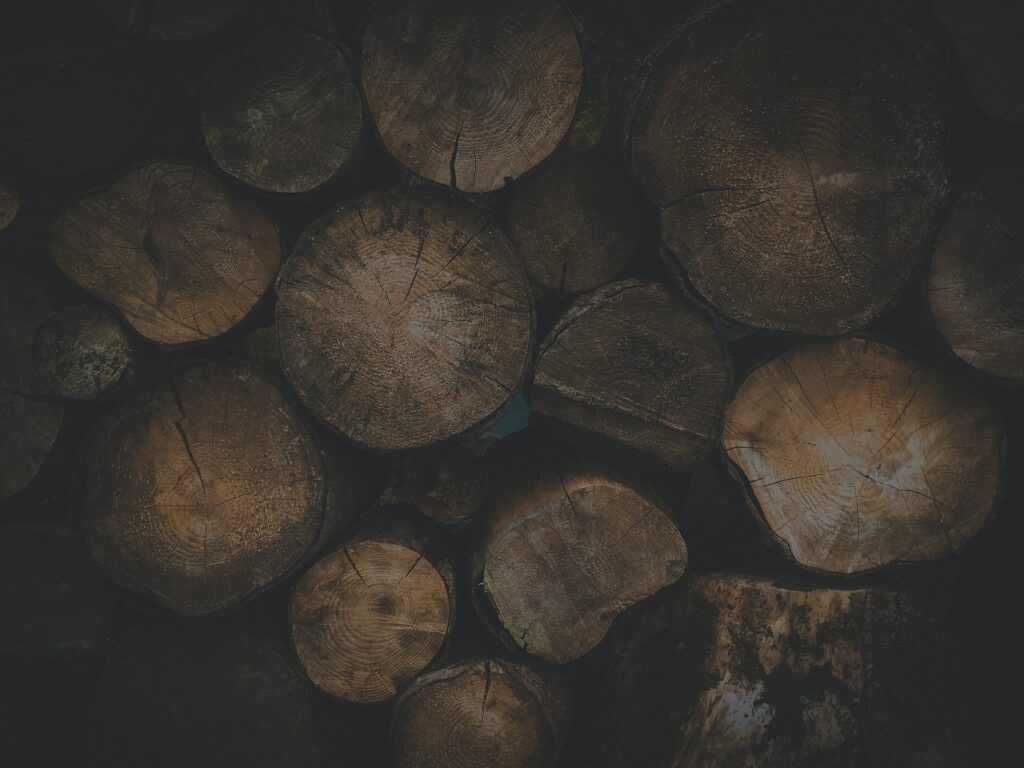When it comes to picking the right grass for your home, there’s more to think about than just picking a shade of green that looks good. Different grasses respond to seasons, water needs, and foot traffic in unique ways, and understanding these details will help you avoid a yard that’s patchy, high-maintenance, or simply not up to the lifestyle you live.
Whether you’re planning to create a lawn that’s durable for kids, pets, and entertaining or a space that’s more of a lush, green oasis, knowing what matters in your grass selection is key.
Seasonal Performance Matters: Why Winter-Friendly Grass Is Essential
When choosing grass for your lawn, the seasonality of the grass is more important than most people realise. Winter is often overlooked in the selection process, but not all grass types hold up equally well when the colder months hit.
Some grasses go dormant and turn brown, leaving your yard looking barren during winter, while others stay green even in the cold. If your winters are mild, you’ll have a few more options, but in harsher climates, you’ll want a grass that can withstand colder temperatures.
Choosing winter green grass Perth that can handle cold conditions doesn’t just keep your yard looking good all year—it also saves you the hassle of reseeding or repairing patches when spring comes around. Look for a grass type with winter resilience to ensure your lawn stays lush, no matter the season.
Foot Traffic and Lifestyle: The Durability Factor
Is your lawn a playground for kids, a race track for dogs, or maybe a picnic zone? Your yard’s purpose should heavily influence the type of grass you pick. Different grass varieties have varied tolerance levels for wear and tear.
If you know your lawn will be under frequent use, pick a durable, dense variety that can handle the activity without showing bald spots or turning into a mud pit after heavy rains. On the other hand, if you want a more decorative lawn that will rarely see heavy use, you have the flexibility to go for softer, more delicate grasses.
In short, think about how often your yard will be used and choose a grass that’s up for the job.
Maintenance Levels: Watering, Mowing, and Fertilising
There’s no one-size-fits-all answer to grass maintenance; each type has its own needs for water, sunlight, mowing, and fertilising. Consider how much time and effort you’re willing to invest in upkeep. Some grasses demand regular watering, especially during hot months, while others are drought-resistant and low-maintenance.
Likewise, grass types vary in growth rates—meaning some need frequent mowing, while others can go longer between trims. Be honest with yourself about your gardening habits and the time you have. If your ideal lawn requires minimal effort, choose a grass that’s low-maintenance, drought-tolerant, and slow-growing. If you enjoy spending weekends caring for your yard, a higher-maintenance option might not be a problem.
Sunlight vs. Shade: Know Your Yard’s Lighting
Grass is not a “set and forget” addition; it depends on the right balance of sunlight and shade to thrive. Take a good look at your yard’s lighting conditions before deciding on grass. Do you have shaded areas from trees, fences, or nearby buildings?
Or is your lawn mainly exposed to full sun? Some grass types love direct sunlight and need at least six hours a day, while others are shade-tolerant and will still grow healthily with less light. Keep in mind that picking grass suited to your yard’s lighting conditions will reduce the risk of bald patches or struggling sections, allowing your lawn to grow evenly and beautifully across every corner.
Soil Type: Match Your Grass To Your Ground
Your yard’s soil type is another key factor in grass selection. Soil varies in its ability to retain water, nutrients, and even the pH levels that grass needs. Some grasses are more tolerant of sandy, quick-draining soil, while others thrive in loamy or clay soils that hold water well. Before you choose your grass, it’s worth doing a quick soil test (these are easy to find at garden centres) to understand your yard’s characteristics.
By knowing whether your soil is acidic, alkaline, clay-heavy, or sandy, you’ll be able to select a grass type that matches these conditions. A good soil-to-grass pairing results in a healthier lawn that’s easier to maintain and less prone to disease.
Resilience to Pests and Disease: The Strength of Hardy Grass
Nobody likes dealing with lawn pests, diseases, or fungi, yet some grass types are more naturally resistant to these problems. While no grass is entirely immune, some varieties are bred to withstand common pests and diseases that can wreak havoc on your yard.
Choosing a hardy grass can save you from the hassle of using chemical treatments or spending extra time on pest control. Hardy grass also tends to recover faster from damage, whether from insects, heavy foot traffic, or even drought. If your goal is a lawn that’s resilient and reliable, this is an essential point to consider.
Water Efficiency: Go Green in More Ways Than One
With water conservation a major priority in many regions, choosing a drought-tolerant grass can help reduce your environmental impact. Grass that’s water-efficient isn’t just easier on the planet; it can also save you money on water bills and spare you from frequent watering during dry spells. Drought-tolerant grasses have deep roots that retain moisture better, allowing them to survive with less water and bounce back faster from heat. If you live in a dry area or simply want a low-water yard, consider a grass variety that can thrive with minimal hydration.
Ready to Pick the Right Grass?
Choosing the right grass may feel like a small decision, but the impact on your home’s appearance, your lifestyle, and the environment is significant. From withstanding winter chill to handling summer foot traffic, finding a grass type that matches your yard’s conditions and your personal needs will make your lawn both beautiful and functional year-round.
So take a closer look at the details—your perfect lawn is all about the grass that fits your space, your schedule, and your unique environment.





Leave a Reply
You must be logged in to post a comment.